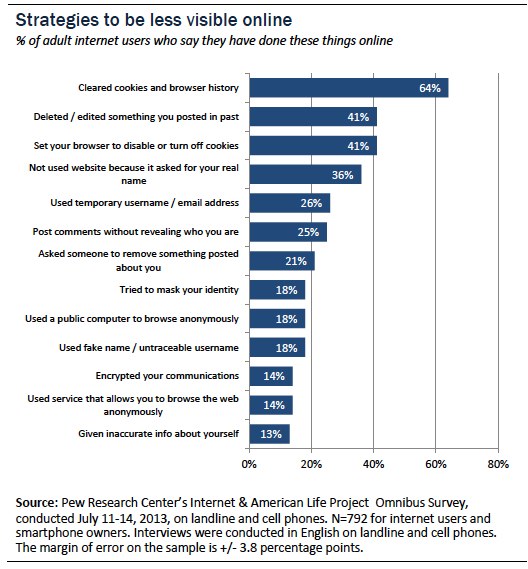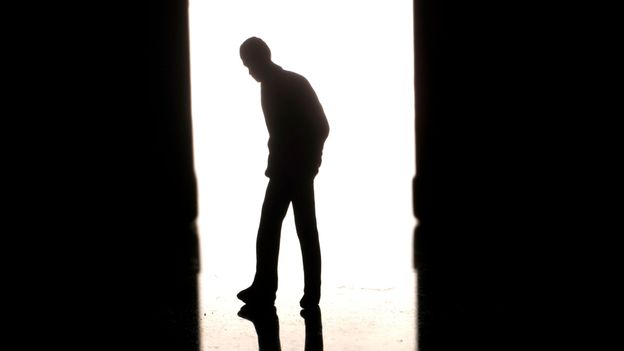We are told to be known. Build your brand. Grow your audience. To remain unseen in the digital economy is to risk professional, social, or even existential irrelevance.
But it is dubious advice. What if instead, obscurity and anonymity were the aspiration? Then again, is it even possible?
In this edition of Ink & Time, you’ll discover:
One of America’s most profoundly revolutionary mid-century memoirs
A day in the life of a Trappist monk
Novel perspectives on the value, and possibility, of anonymity
On the cusp of the modern media age (ca.1948), a radical novice monk rejected the allure of visible success, instead embracing a cloistered life of prayer, silence, and solitude.
It’s the tale of Thomas Merton’s escape from a life of parties, and social indulgence, to a an even richer life of contemplation.
From LinkedIn thought leadership (so-called) to AI-generated avatars, his story hits with prophetic force, causing us to rethink social media influencer aspirations.

The Seven Storey Mountain is at once a spiritual autobiography and a critique of secular modern life. Its central drama is the conversion from a restless, pleasure-seeking youth to a contemplative monk, told against the backdrop of a world losing its moral bearings.
Merton depicts the intense “disorientation” and inner void he felt in his early life. Despite worldly pleasures, he experienced a profound emptiness. He was, as he famously put it, “sick of being sick.” Instead of fulfillment, his indulgences left “a stale taste… an emptiness in [his] soul”. Merton’s conclusion was that true meaning could only be found in seeking God and spiritual truth, not in material success or intellectual fads.
In an era when many in the West saw technological progress and economic growth as the ultimate goods (the post-war “Age of Progress” mindset), Merton’s views were counter-cultural. Decades before the “rat race” or voluntary simplicity, Merton was living the critique by choosing poverty, chastity, and obedience.
His master work became an unexpected sensation. The first print run of 5,000 copies quickly grew to over 100,000, and eventually the hardcover sold 600,000 copies with millions more in paperback. On release, critical reception was polarized. Many readers were moved by its authenticity, while certain “hostile reviewers” dismissed the book’s piety and youthful idealism.
Merton’s masterpiece, The Seven Storey Mountain is widely available, in many editions. Here is one from Gethsemani Farms.
Curious about the Daily Schedule of a Trappist Monk?
5:45 AM: Lauds (Morning Prayer) – Praise service followed by Mass at 7:15 AM
7:30 AM: Breakfast – Eaten privately in silence after Lauds.
8:00 AM – 12:00 PM: Work Period – Manual labor (e.g., farming, baking, carpentry) or teaching/studying for monastic schools.
12:15 PM: Sext (Midday Prayer) – Brief prayer service, followed by lunch
1:00 – 5:30 PM: Work Period – Resumption of tasks, with None (Mid-Afternoon Prayer) at 2:15 PM.
5:30 PM: Vespers (Evening Prayer) – Sung service, sometimes followed by Eucharistic adoration.
6:20 PM: Dinner – Communal meal in silence, often with spiritual reading..
7:15 PM: Compline (Night Prayer) – Final service, after which the Grand Silence begins (no speaking until morning).
7:15 – 8:00 PM: Recreation (Optional) – Social time for conversation or shared activities.
If you want a broader view of contemplative traditions in the midst of modernity, check out this classic work from Lafcadio Hearn, the first western journalist to explore Meiji Japan in the 1890’s, and dive deep into its evolving Buddhist and Shinto cultures.
A Quiet Revolt for the Era of the Endless Self

Challenging the Cult of Applause
Merton realised in 1948 something many of us feel in 2025 but rarely acknowledge: the hunger for approval is a bottomless pit. It is a pursuit with no end. A desire we usually don’t even really want.
“The logic of worldly success rests on a fallacy: the strange error that our perfection depends on the thoughts and opinions and applause of other men! A weird life it is indeed to be living in somebody else’s imagination.”
Social media has industrialized the status hamster wheel. We manufacture synthetic versions of ourselves for validation, curating a digital persona optimized for praise — and then we confuse that persona for our real selves.
The result is a culture riddled with anxiety, envy, and performance fatigue.
Merton foresaw that society built on image would produce souls addicted to superficial reactions .He didn’t “smash the like button.” He opted in to silence and contemplation.

The Death of Anonymity
Today, one wonders if anonymity is even possible. AI clones can mimic your voice from a 30-second sample, or less. Facial recognition tracks you in every public square. Digital profiles are scraped, sold, and fed into models that “know” you better than you know yourself.
The push toward a "persistent identity" across platforms means any attempt at digital erasure is an act of defiance.
“You will be utterly forgotten… and you will be nothing…”
Merton’s monastic piety can be read now like a cry for freedom from surveillance. Become untraceable to the world, in order to become visible to the divine.
As mass surveillance is normalized, the boundary between the public and the private evaporates. To some degree it creates the conditions for safety and security, but it comes with trade-offs.
Getting lost in a crowd used to be a romantic notion, and now it seems that only a collapse of tech infrastructure could reinstate it. Then again, if you read great literature you can transport yourself to such magical places in your mind.
True Self vs. Branded Self
We have conflated our public profile with our sense of identity. Everyone is a brand, but in the vast majority of cases, the greater monetisation is realised by the platforms.
If we post a curated selfie or even edit a bio on social platforms, we are sculpting a version of our self that we inherently believe conforms to an expectation of external approval.
Merton warned that a self shaped by others’ expectations is not the self at all:
“To be unknown of men is a sign of God’s favor.”
Identity is to be revealed, not constructed. It is a “false self” that is built from roles, images, and applause.
Merton anticipated the coming spiritual malaise, which is now reflected in self-help sections of bookshops. More insidious, it resulted in psychological ailments now widely acknowledged in contemporary therapy and neuroscience.
It’s a slippery slope only recognizable through radical attention.
Toward Holy Irrelevance
At the end of The Seven Storey Mountain, Merton hears a voice — perhaps divine, perhaps subconscious:
“You will be praised and it will be like burning at the stake... You will be utterly forgotten... and in that day you shall begin to possess the solitude you have so long desired.”
Irrelevance is today framed as failure. No engagement? No reach? You’re irrelevant. And with the onslaught of AI-generated content, is anyone ever really listening?
He was not calling for disengagement, but for disentanglement. Obscurity is not exile, but rather an invitation to dwell more deeply in what is real.

The Unseen Life: Are we willing?
Thomas Merton didn’t own a smartphone. Reading him now reminds us how much many of us long to disappear from ours.
Paradoxically, the state of being obsessed with being seen means that we have lost our ability to see ourselves.
In a world that constantly demands our image, attention, and performance, choosing quiet, anonymity, and non-performance is the most radical act of all.
Perhaps, as Merton teaches, the truest self is the one no algorithm can find.

Ink & Time brings you thought provoking works of classic literature from the mid 19th to mid 20th centuries that are still acutely relevant to life today.
For those who want to go deeper into Anonymity…





